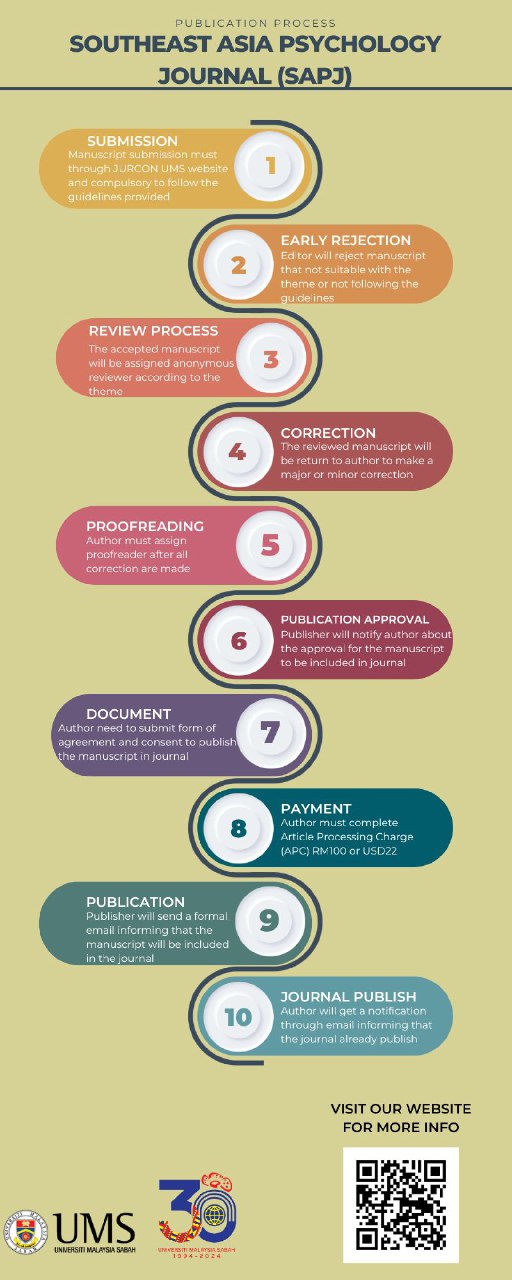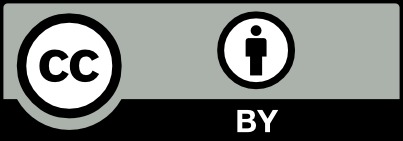HEALTH-RELATED QUALITY OF LIFE AS AN OUTCOME MEASURE FOR AUTISM INTERVENTION
DOI:
https://doi.org/10.51200/sapj.v7i1.5165Keywords:
HRQOL, Autism & Outcome MeasureAbstract
Autism is a neurodevelopmental disorder affecting communication, socialization, and behaviour. There are many interventions for children with autism, such as behaviour management, communication intervention, diet modification, and sensory integration. While some clinical interventions are empirically based, many are not evidence-based. It is difficult to compare and evaluate treatment efficacy as different treatments have varying outcome measures. The objective of this paper is to propose the use of Health-Related Quality of Life (HRQOL) as an outcome measure for autism intervention. The paper outlines the relationship between autism and HRQOL, autism intervention and outcome measures, and why they use of HRQOL is an ideal outcome measure for any autism intervention
References
Kuhlthau, K., Orlich, F., Hall, T. A., Sikora, D., Kovacs, E. A., Delahaye, J., & Clemons, T. E. (2010). Health-related quality of life in children with autism spectrum disorders: Results from the autism treatment network. Journal of autism and developmental disorders, 40(6), 721-729.
Lai, M., Lombardo, M. V., & Baron-Cohen, S. (2014). Autism. The Lancet, 383(9920), 896-910. Mohammadzaheri, F., Koegel, L. K., Rezaee, M., & Rafiee, S. M. (2014). A randomized clinical trial comparison between pivotal response treatment (PRT) and structured applied behavior analysis (ABA) intervention for children with autism. Journal of autism and developmental disorders, 44(11), 2769-2777.
Mulligan, J., MacCulloch, R., Good, B., & Nicholas, D. B. (2012). Transparency, hope, and empowerment: a model for partnering with parents of a child with autism spectrum disorder at diagnosis and beyond. Social Work in Mental Health, 10(4), 311-330.
Murphy, T. and Tierney, K., (2006). Parents of children with Autistic Spectrum Disorders (ASD): A survey of information needs. National Council for Special Education Special Education Research Initiative. Preamble to the Constitution of the World Health Organization as adopted by the International Health Conference, New York, 19-22 June, 1946; signed on 22 July 1946 by the representatives of 61 States (Official Records of the World Health Organization, no. 2, p. 100) and entered into force on 7 April 1948.
Schopler, E., Reichler, R. J., DeVellis, R. F., & Daly, K. (1980). Toward objective classification of childhood autism: Childhood Autism Rating Scale (CARS). Journal of autism and developmental disorders, 10(1), 91-103. Schreck, K. A., & Miller, V. A. (2010). How to behave ethically in a world of fads. Behavioral Interventions, 25(4), 307-324.
Spieth LE, Harris CV. (1996) Assessment of health-related quality of life in children and adolescents: an integrative review. J Pediatr Psychol. 21(2):175-93.
Varni JW, Burwinkle TM, Seid M, Skarr D. (2003). The PedsQL™ 4.0 as a Pediatric Population Health Measure: Feasibility, Reliability, and Validity. Ambul Pediatr. 2003;3:329–41.








